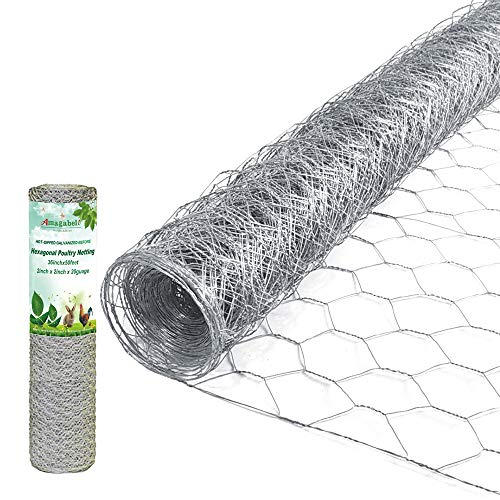Oct . 16, 2024 03:47 Back to list
Specification Guide for Black Annealed Wire Manufacturing Process and Quality Standards
Understanding Black Annealed Wire Specifications and Factory Processes
Black annealed wire is a type of wire that has undergone an annealing process— a heat treatment that alters its physical properties to enhance its ductility and reduce its hardness. Commonly used in various applications, including fencing, construction, and as tie wire, black annealed wire is recognized for its durability and flexibility. In this article, we will explore the specifications of black annealed wire and delve into the manufacturing processes that factories employ to produce this vital material.
Specifications of Black Annealed Wire
Black annealed wire is typically made from low carbon steel. The specifications of this wire can vary based on its intended applications, but several common parameters are consistently measured
1. Wire Diameter The diameter of black annealed wire usually ranges between 0.1 mm to 5.0 mm, with different sizes catering to different uses. The diameter is crucial as it affects both the tensile strength and flexibility of the wire.
2. Tensile Strength Tensile strength is a critical factor, determining how much force the wire can withstand without breaking. Black annealed wire generally has a tensile strength of around 350-450 MPa, allowing it to be used in various applications without the risk of snapping under pressure.
3. Ductility Ductility refers to the wire's ability to be drawn out into a thinness. High ductility is essential for applications that require bending and shaping. Black annealed wire is known for its excellent ductility, making it easy to handle and manipulate.
4. Surface Treatment The surface finish of black annealed wire is usually matte and black due to the oxidation during the annealing process. This oxidation provides a level of protection against corrosion, although additional treatments can be applied for enhanced resistance.
5. Coil Weight and Length Factories produce black annealed wire in various coil weights and lengths, typically ranging from 50 kg to 1,000 kg or more. The choice of weight and length often depends on customer requirements and specific applications.
Manufacturing Process
black annealed wire specification factory

The manufacturing of black annealed wire involves several critical steps, ensuring the final product meets the necessary specifications
1. Wire Drawing The process begins with wire rods made from low carbon steel. These rods are drawn through a series of dies to reduce their diameter while increasing their length. This stage is vital, as it establishes the preliminary thickness of the wire.
2. Annealing Following the drawing process, the wire undergoes annealing. This step usually takes place in a controlled furnace where the wire is heated to a specific temperature and then cooled. Annealing helps to relieve internal stresses, improve softness, and enhance the ductility of the wire.
3. Coiling After annealing, the wire is coiled into large rolls. The coiling process must be performed carefully to ensure that the wire does not become twisted or damaged.
4. Quality Control Factories implement rigorous quality control measures at various stages of production. Samples of the wire are tested for tensile strength, ductility, and surface quality to ensure that they meet industry standards.
5. Packaging and Shipping Finally, the finished coils of black annealed wire are packaged for shipment. Factories often provide custom packaging solutions to meet specific client demands, ensuring that the wire arrives at its destination without damage.
Applications of Black Annealed Wire
The versatility of black annealed wire makes it suitable for a broad range of applications. Common uses include
- Construction It serves as tie wire for rebar and scaffolding. - Fencing It is used for creating strong fences in agricultural and industrial settings. - Crafting Artists utilize black annealed wire for various crafting applications.
In summary, black annealed wire plays a crucial role in multiple sectors due to its remarkable properties. Understanding its specifications and the comprehensive manufacturing process is essential for industries that depend on this reliable material. As demand continues to grow, advancements in technology and manufacturing practices will further enhance the quality and applications of black annealed wire.
-
High-Quality Steel Grating Solutions for Industrial Applications | Durable, Safety, Customization
NewsJul.13,2025
-
Advanced Solutions-CompanyX|Enterprise Efficiency&Cost Reduction
NewsJul.13,2025
-
Sustainable Manufacturing-EcoTech Innovations|Waste-to-Energy System&Zero Emissions
NewsJul.13,2025
-
Welded Wire Mesh- Buildings Wiremesh Co., Ltd.|Durable Construction Material&Industrial Strength Solution
NewsJul.13,2025
-
Smart Production Solutions-Example Corp|AI Automation&IoT Monitoring
NewsJul.13,2025
-
Advanced Industrial Solutions-Advanced Industrial Solutions|Manufacturing Efficiency&Productivity
NewsJul.13,2025

